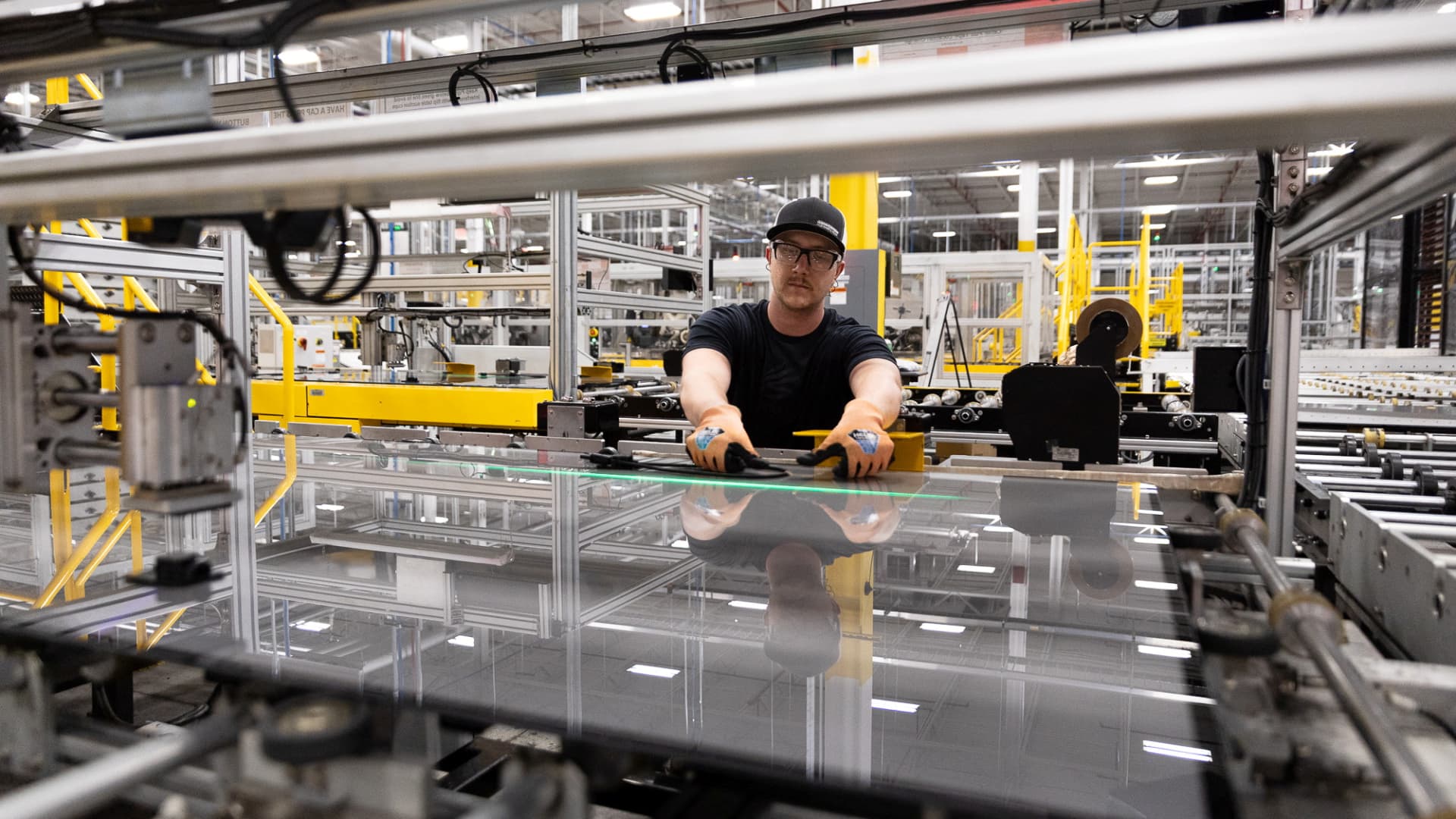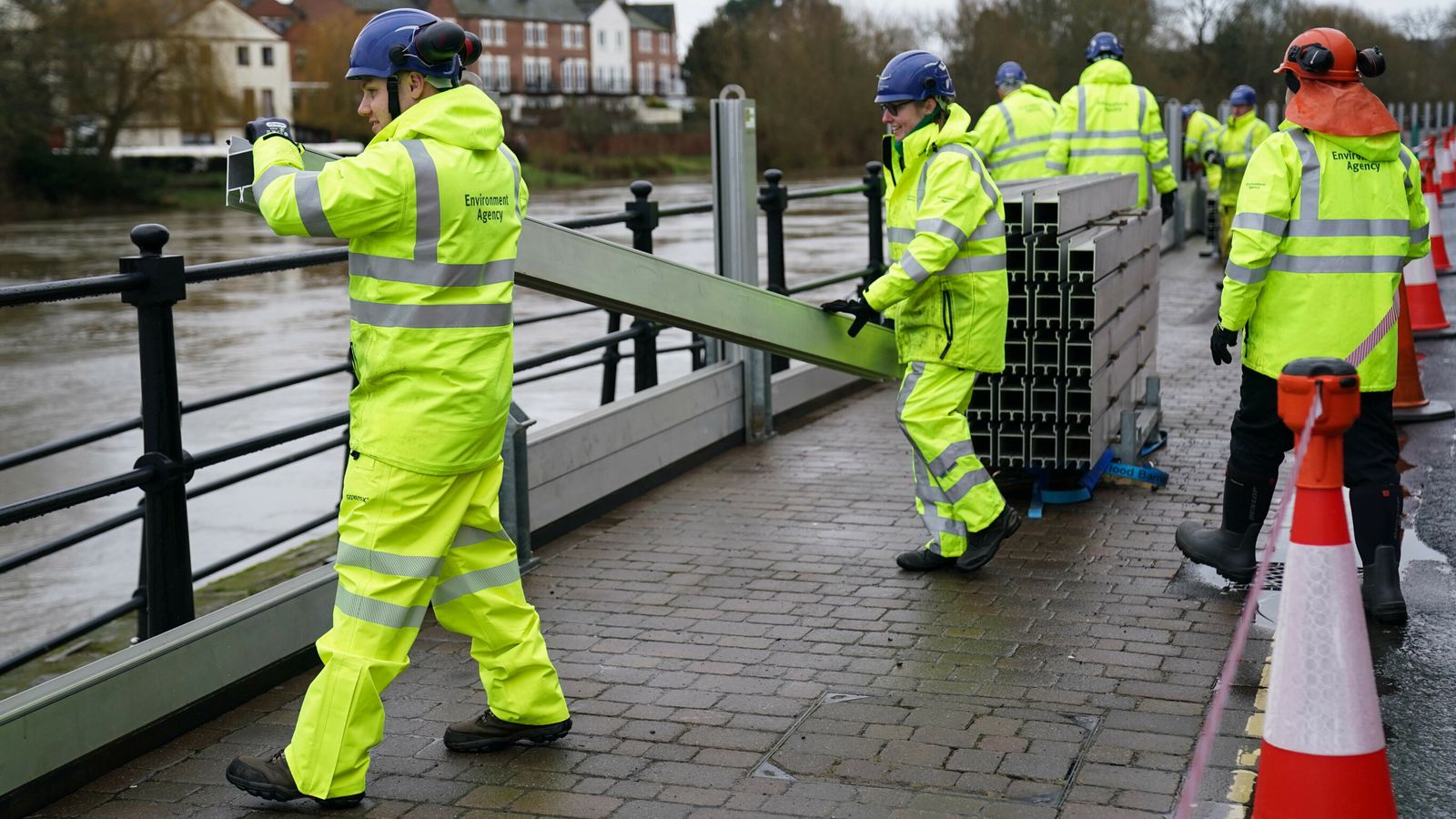Courtesy of NRDC.
By
Nevada is considering legislation that would help the state drive on cleaner, cheaper electricity. Senate Bill (SB) 448 (Brooks) would speed the approval of transmission lines needed to move low-cost, renewable electricity across the region and would accelerate the deployment of cars, trucks, and buses fueled by that clean electricity.
Nevada’s economy and state budget were hit hard by the pandemic. SB 448 will require the state’s largest utility, NV Energy, to invest $100 million in charging infrastructure for light, medium, and heavy-duty electric vehicles (EVs) over the next three years, providing much-needed economic stimulus without straining the state’s budget. And a minimum of 40 percent of these investments will be made in communities that have borne a disproportionate share of transportation pollution and have suffered most from COVID-19 — a disease that is made more deadly by exposure to local air pollution.
The bill will also require NV Energy to propose strategic long-term “Transportation Electrification Plans” to keep the state on track to meet its climate, air quality, and equity goals. A new report from MJ Bradley & Associates commissioned by NRDC, Southwest Energy Efficiency Project, and Western Resource Advocates demonstrates Nevada could realize $21 billion in avoided expenditures on gasoline and maintenance, reduced utility bills, and environmental benefits by 2050 if more drivers make the switch to EVs.
Chart courtesy of MJ Bradley and Associates: A new report from MJ Bradley & Associates commissioned by NRDC, Southwest Energy Efficiency Project, and Western Resource Advocates
$14.1 Billion in Driver Savings
EVs save families money because driving on electricity is significantly cheaper than driving on gasoline. Furthermore, EVs have fewer moving parts and less required maintenance — no oil changes, no transmissions, no mufflers, no timing belts, etc. This means that tackling the nation’s largest source of carbon pollution, transportation, could save Nevadans over $14 billion by 2050 because EVs are cheaper to fuel and maintain than gas powered cars.
These are savings Nevadans can bank on because electric rates are inherently more stable than gasoline prices. Electricity is made from a diverse supply of domestic and increasingly clean resources. And, unlike the volatile world oil market, electric rates are regulated by state public utility commissions.
$3.6 Billion in Reduced Electric Bills
Nevadans can charge millions of EVs without making significant investments in the electric grid. This is because EVs can be charged when the grid is underutilized and renewable energy is abundant, like overnight, when people are sleeping and wind energy generation in the region often peaks. New utility revenue from EV charging in excess of associated costs could reduce collective electric utility bills in Nevada by $3.6 billion by 2050.
Such estimates of potential future benefits are credible because they comport with what’s already been observed in the real world. Between 2012 and 2019, in the two utility service territories with the most EVs in the United States, EV drivers have contributed more than $800 million in net-revenue — money that’s already been returned to all customers in the form of lower rates and bills.
$2.8 Billion in Societal Benefits from Reduced Pollution
Widespread EV adoption would dramatically reduce emissions of greenhouse gases and also cut emissions of NOx, a local pollutant that threatens the health of all Nevadans, especially children and people with respiratory conditions. The MJ Bradley report finds growing the state’s EV market to meet Nevada’s long-term environmental goals would yield $2.7 billion in societal benefits, a metric that captures this pollution reduction and the associated health improvements.
The Bottom Line: Nevada Should Act Now to Accelerate its EV Market
Adding it all up, that’s about $21 billion in potential benefits to Nevada by 2050 by getting more clean cars on the road. Here’s the catch: today, there are only 8,000 or so EVs in the state, which means Nevada needs to accelerate its EV market to capture billions of dollars in potential benefits. Thankfully, with second generation, longer range, affordable EVs now available, the market could expand rapidly as the state moves to adopt Clean Car Standards that will ensure more EVs are available for purchase in the state. And SB 448 will help provide the plugs for those plug-in vehicles.




